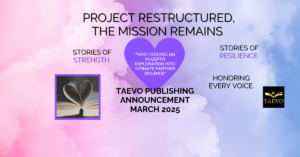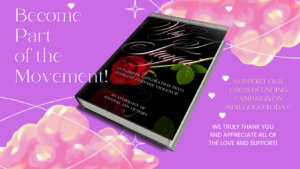The publishing industry has long been regarded as a gatekeeper of narratives, shaping cultural perspectives and influencing the stories we read. However, a closer examination of industry statistics reveals a concerning lack of diversity within its ranks. From the representation of authors to editors, agents, and executives, marginalized communities continue to face barriers that hinder their presence and contributions. Let us delve into the data and shed light on this issue.
Representation of Authors
One glaring aspect of the diversity gap lies in the representation of authors. According to a recent study by the Cooperative Children’s Book Center, only a small fraction of children’s and young adult books published in a given year are written by authors from diverse backgrounds. In 2020, out of over 3,000 books analyzed, just 7% were authored by African American writers, 5% by Asian American writers, and a mere 1% by Native American writers. This underrepresentation perpetuates a limited range of perspectives and experiences available to readers, particularly those from marginalized communities seeking representation and relatable narratives.
Editors and Agents
Beyond the realm of authors, the lack of diversity extends to editors and literary agents, who play crucial roles in shaping and promoting literary works. A study conducted by Lee & Low Books found that over 80% of publishing industry staff, including editors and agents, are white. This homogeneity raises concerns about the potential biases that may influence the selection and promotion of manuscripts. It also poses challenges for authors from marginalized communities who are seeking representation and opportunities to have their voices heard.
Executives and Decision-Makers
At the executive level, the lack of diversity within the publishing industry becomes even more pronounced. According to a survey conducted by Publishers Weekly, only a small percentage of executives in major publishing houses identify as people of color. In 2020, 89% of the executives at the “Big Five” publishing houses were white. This disparity in leadership positions perpetuates systemic barriers, making it difficult for diverse perspectives to be prioritized and adequately represented in decision-making processes.
Impacts and the Way Forward:
The lack of diversity within the publishing industry has far-reaching implications. It perpetuates the perpetuation of stereotypes, limits the availability of diverse narratives, and hampers the industry’s ability to cater to an increasingly diverse readership. Marginalized authors often face additional challenges in gaining access to publishing opportunities and securing fair contracts, exacerbating the existing inequities.
To address these issues, the industry must actively prioritize diversity, equity, and inclusion. Publishing houses can establish diversity initiatives and actively seek out and publish works from marginalized authors. Recruitment and hiring practices should prioritize inclusivity, ensuring that editors, agents, and executives reflect the diverse communities they serve. Collaborations with organizations focused on promoting diverse voices can help bridge the gap and bring more diverse perspectives into the publishing fold.
Furthermore, cultivating an environment that values and respects marginalized voices is crucial. Providing mentorship programs, networking opportunities, and professional development resources specifically tailored for authors and professionals from underrepresented communities can help nurture and empower new voices.
Diversify the Infrastructure
The lack of diversity within the publishing industry is a pressing concern that demands attention and action. The industry must confront the systemic barriers that hinder the representation of authors, editors, agents, and executives from marginalized communities. By embracing diversity, equity, and inclusion, the publishing industry can unlock a wealth of untapped talent and provide readers with a richer and more inclusive literary landscape.


![Too Late To Turn Back [EBOOK]](https://www.taevopublishing.com/wp-content/uploads/2020/11/2-1-250x333.png)






